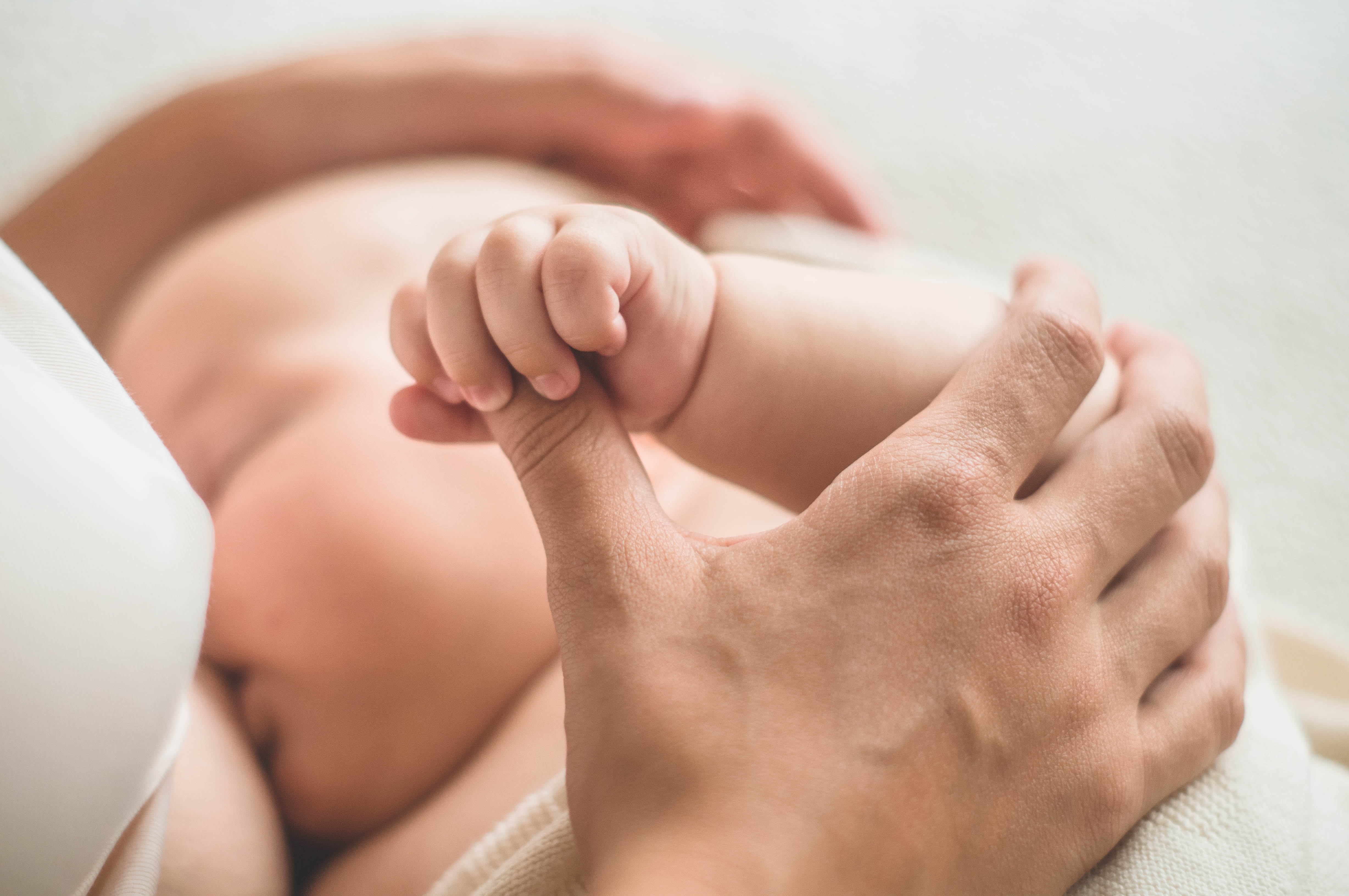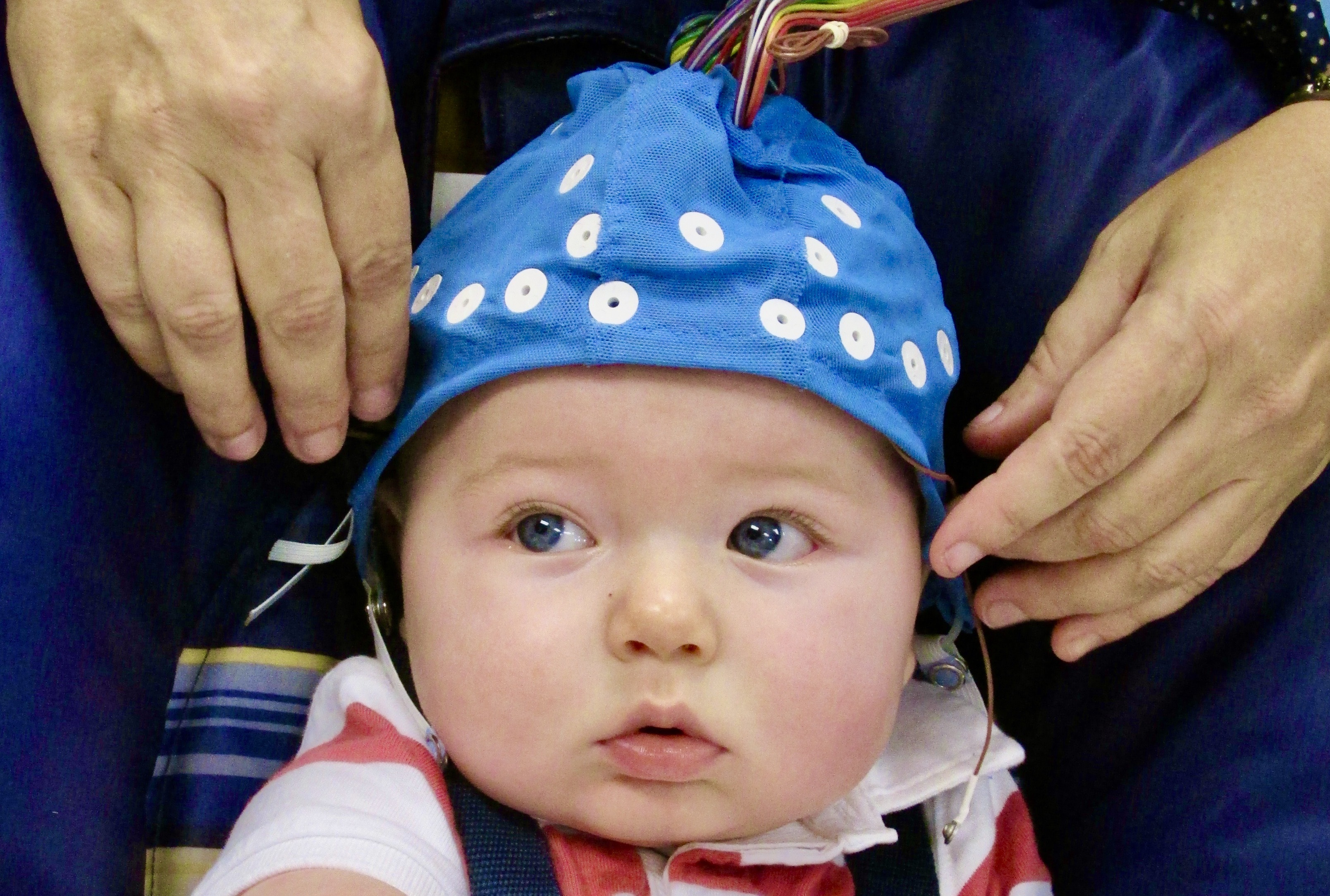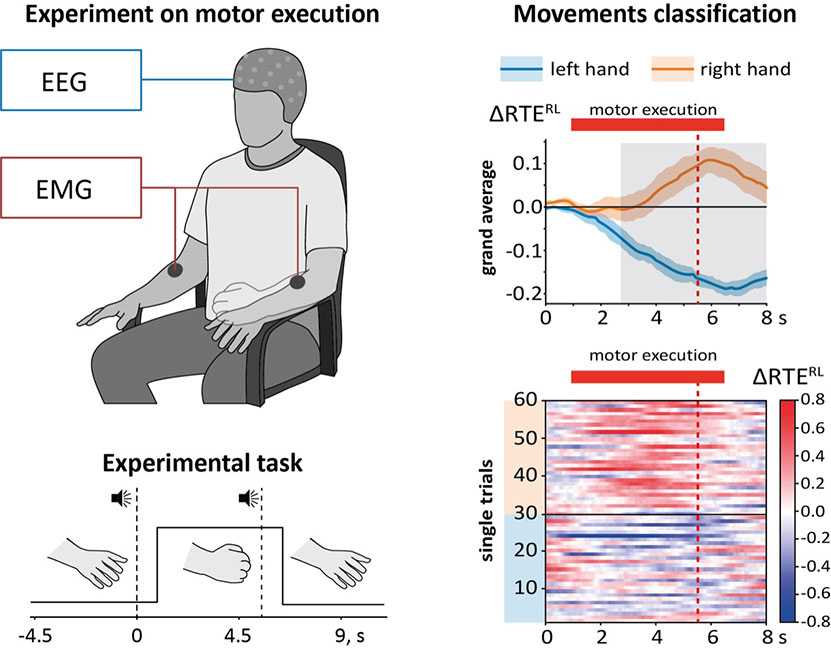EEG training varies across the globe; in many countries, there is no training. Dr. Bruna Nucera talks with Dr. Sandor Beniczky about the present and future of clinical neurophysiology training.
Tag: EEG
CHOP Researchers Develop First-Of-Its-Kind Prediction Model for Newborn Seizures
Researchers have developed a prediction model that determines which newborn babies are likely to experience seizures in the Neonatal Intensive Care Unit (NICU). This model could be incorporated into routine care to help the clinical team decide which babies will need electroencephalograms (EEGs) and which babies can be safely managed in the Neonatal Care Unit without monitoring through EEGs. This would allow families and providers to care for babies without intrusive and unnecessary procedures.
Sleep and epilepsy: Dr. Birgit Frauscher
Bidirectional links between epilepsy and sleep have been known for thousands of years. Despite nearly a century of research using EEG investigations, the relationships are still not well understood.
Podcast: From bedside to industry: Epilepsy career profile of Dr. Caroline Neuray
Dr. Alina Ivaniuk talks with Dr. Neuray about her career path from medical school to industry CEO. They discuss the power of peer mentoring, ways to improve medical education, and finding the courage to accept change.
Engineering Research Provides Non-Invasive Solutions for Diagnosing and Treating Neurological and Psychiatric Conditions
Could artificial intelligence help solve the mental health crisis? What if an algorithm allowed neurologists to know the area affected by a brain seizure? These are just a few of the questions that Maryam Ravan, Ph.D., assistant professor of electrical and…
Neurofeedback shows promise for addressing ‘chemo brain’ in UCLA pilot study
The pilot study is one of the first to indicate that neurofeedback could help address cognitive deficits of cancer patients experiencing “chemo brain.”
Bleak Cyborg Future from Brain-Computer Interfaces if We’re Not Careful
The most promising method to achieve real-world BCI applications is through electroencephalography, a method of monitoring the brain’s electrical activity. EEG-based BCIs will require a number of technological advances prior to widespread use, but more importantly, they will raise a variety of social, ethical, and legal concerns. Researchers conducted a review of modern commercial brain-computer interface devices and discuss the primary technological limitations and humanitarian concerns of these devices in APL Bioengineering.

A Remote, Computerized Training Program Eases Anxiety in Children
Using a computerized and completely remote training program, researchers have found a way to mitigate negative emotions in children. Results support the link between inhibitory control dysfunction and anxiety/depression. EEG results also provide evidence of frontal alpha asymmetry shifting to the left after completing an emotional version of the training. Computerized cognitive training programs can be highly beneficial for children, not just for academics, but for psychological and emotional functioning during a challenging time in their development.

Depressed Moms Who Breastfeed Boost Babies’ Mood, Neuroprotection and Mutual Touch
Feeding method and affectionate touch patterns in depressed and non-depressed mothers and babies as well as infant’s EEG activity showed that mother-infant affectionate touch differed as a function of mood and feeding method (breastfeeding and bottle-feeding). Infants in the depressed and bottle-fed group reduced touch toward their mothers while breastfeeding had a positive effect on both mother and baby. Infants of depressed and breastfeeding mothers showed neither behavioral nor brain development dysregulation previously found in infants of depressed mothers.

Artificial intelligence identifies, locates seizures in real-time
Research from the McKelvey School of Engineering at Washington University in St. Louis has shown that understanding brain activity as a network instead of readings from an EEG allow for more accurate and efficient detection of seizures in real-time.

A deeper dive into epilepsy: Integrating tools for characterizing focal cortical dysplasia
Journal Prize winner Zhong Ying integrated genetics, clinical presentation, EEG, MRI, and histopathological diagnosis in a group of people with drug-resistant epilepsy. All had a specific type of brain lesion that can be difficult to identify.

Bridging the information gap with new EEG techniques for epilepsy
Journal Prize winner Ana Coito is developing methods to extract information from EEG readings about brain connectivity and information exchange. Her award-winning research focused on applying these methods to low-density EEG readings, which would make them accessible to more regions of the world.

Harnessing complexity to advance epilepsy research: Learning the language of EEG spike-wave discharges
Journal Prize winner Jesse A. Pfammatter found that certain EEG patterns that indicate absence epilepsy may hold more information than previously thought.
CHOP Study Finds Remote Monitoring Effectively Detects Seizures in At-Risk Newborns
A team of researchers from Children’s Hospital of Philadelphia (CHOP) has demonstrated how to easily and effectively monitor for seizures in newborn infants, catching more instances than typical methods and improving the quality of care for infants in hospitals that lack the on-site resources to detect these seizures.

New imaging method tracks brain’s elusive networks
Understanding the source and network of signals as the brain functions is a central goal of brain research. Now, Carnegie Mellon engineers have created a system for high-density EEG imaging of the origin and path of normal and abnormal brain signals.

Mother/Infant Skin-to-Skin Touch Boosts Baby’s Brain Development and Function
As the world prioritizes social distancing due to COVID-19, new research shows that extended use of Kangaroo Care, a skin-to-skin, chest-to-chest method of caring for a baby, can positively benefit full-term infants and their mothers, which has important implications for post-partum depression. The study provides evidence that the physiology of mothers and their full-term infants is influenced by Kangaroo care: it increases oxytocin levels in mothers, and during infancy, can favorably influence both neurodevelopmental trajectories and infant neurobiological functioning.
Older children’s brains respond differently to rewarding versus negative experiences later in the day
Older children respond more strongly to rewarding experiences and less strongly to negative experiences later in the day, which may lead to poor decision-making at night, according to research from Binghamton University, State University of New York.
Time of day differences in neural reward responsiveness in children
The Reward Positivity (∆RewP) event-related potential (ERP), generally quantified as the difference between neural responsiveness to monetary gains (RewP-Gain) and losses (RewP-Loss) is commonly used as an index of neural reward responsiveness. Despite the popularity of this ERP component in…
Hold the phone: Smartphone video makes it easier to diagnose epilepsy and psychogenic seizures
What if there was a tool to help with faster, more accurate diagnosis of both psychogenic seizures and epilepsy? And what if this tool was simpler and less expensive than video EEG, and available almost everywhere?

Researchers Discover Method to Detect Motor-Related Brain Activity
Motor-related brain activity is of great interest to researchers looking for a better way to improve neurorehabilitation, and one factor to consider is the suppression of the specific rhythmic activity of neurons within the sensorimotor cortex of the brain. Studies indicate this feature suffers from variability when using traditional methods to explore it. In the journal Chaos, scientists in Russia are approaching the problem from a different angle to search for a more robust feature of brain activity associated with accomplishing motor tasks.